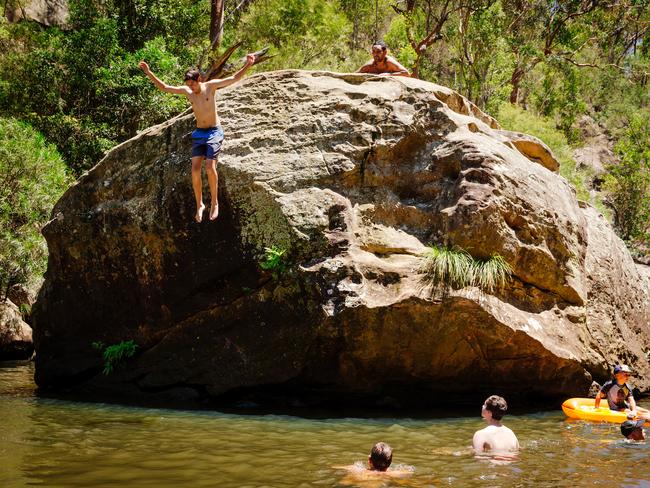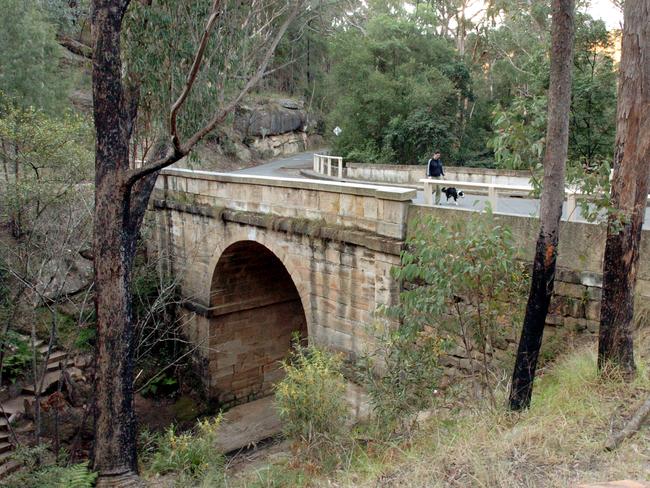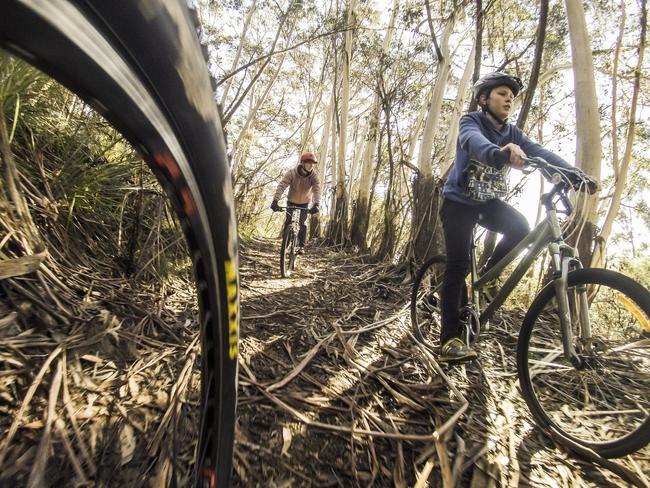Lower Blue Mountains to be recreation hub
Blue Mountains Council has unveiled a plan to realise the untapped potential of the eastern escarpment, turning it into a recreation space for tourists and locals alike.
Penrith
Don't miss out on the headlines from Penrith. Followed categories will be added to My News.
A PLAN has been hatched to unlock the “untapped potential” of the lower Blue Mountains — with the region’s tourism industry set to explode.
Blue Mountains Council has revealed its Scenic Eastern Escarpment masterplan, which Mayor Mark Greenhill said will both preserve the area’s “stunning” wilderness and add new and upgraded recreational facilities for residents and visitors.
Cr Greenhill said the area’s potential had previously been overlooked.
“The current management of the Eastern Escarpment doesn’t do it justice,” he said. “It doesn’t have the appropriate walkways and platforms to showcase that stunning wilderness properly.”

Each year the Blue Mountains’s tourism economy generates about $421 million, with the region attraction 2.9 million visitors.
That is predicted to jump to 4.1 million by 2025, and the council thinks it’s time the lower mountains carried its share of an industry that largely runs out of the upper mountains region.
“The lower Blue Mountains offers its own unique experience for locals and visitors,” Cr Greenhill said.

David Borger, the Sydney Business Chamber’s western Sydney director, applauded the council for “embracing” the economic opportunity.
“The Blue Mountains is the most iconic part in western Sydney’s tourism map,” he said.
As part of the plan, funds will be pumped into upgrading existing recreational facilities including sports fields and club houses.
New bike paths, walking tracks and lookout points would be added to create exciting new play spaces for visitors and locals.

A site survey conducted by the council in June 2017 found that 44 per cent of visitors to the eastern escarpment lived outside the area.
“It’s about making a precinct that engages tourism, by creating the infrastructure that makes that real,” Cr Greenhill said. “But infrastructure for tourists is also good for residents. We need to get them spending more time outdoors.”
